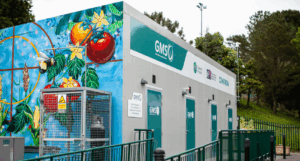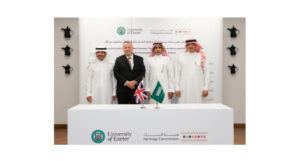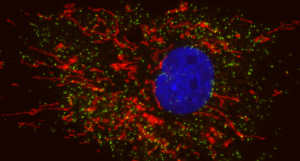New University of Exeter exhibition tells the fascinating story of Sindbād and The One Thousand and One Nights

Part of the artwork by Valeria Mauro
A new University of Exeter exhibition about The One Thousand and One Nights shows the origins and history behind the incredible tales.
The public exhibition showcases research about the Middle East and North Africa by experts at the university’s Institute of Arabic and Islamic Studies.
There are eighteen specially created posters which explore the background to Sindbād’s tales in the 1001 Nights, looking at early versions and manuscripts, what the stories reveal about the medieval Islamicate world, the art of storytelling and seafaring, as well as the ways in which archaeologists and illustrators have engaged with Sindbād and the seafaring tradition.
The exhibition was curated by Dr James Downs and Professor Dionisius Agius with contributions and assistance from former Exeter students Sara Forcella and Alessandro Ghidoni, and IAIS staff members Dr John Cooper and Dr Emily Selove.
There are also two pieces of original artwork that were painted especially for the exhibition by artists Sabrina di Felice and Valeria Mauro.
Also on display are early editions of The One Thousand and One Nights from the University of Exeter’s Special Collections, a copy of Remarks on the Arabian Nights’ entertainments (1797) by Exeter clergyman Richard Hole – loaned by the Devon & Exeter Institution – and some illustrated books from Professor Agius’ own personal collection.
The One Thousand and One Nights are a collection of stories told by Princess Shehrezāde over a period of 1001 nights, revealing her to be an intelligent and resourceful woman as well as a superb story-teller. The story of Sindbād the Sailor is one of the most famous in the collection, and the fantastical accounts of arduous sea voyages, shipwrecks, fierce creatures and colourful treasure have enthralled audiences over the centuries, as well as providing inspiration for a myriad of artists, writers and composers.
The exhibition shows the design and construction of the ships that sailed the Indian Ocean during the medieval period, which were held together with fibre cordage. These vessels carried people, goods and ideas connecting the centres along the Indian Ocean coast, as far as East Africa and China. Yet relatively little is known about them. Archaeological data instead provides the best evidence for these ships. One example is the Belitung shipwreck, a 9th–century sewn vessel discovered in Indonesian waters in 1999, and assumed to be either Persian, Arab or Indian. The ship sank with a spectacular cargo of luxury items from China during its journey along the Maritime Silk Route.
Ship timbers have also been discovered in southern Oman recycled in buildings as structural components. They have preserved holes, ropes and portion of stitching, providing a wealth of information regarding sewn-construction techniques and ship construction during 11th and 15th centuries CE.
The exhibition features the work of artist Albert Letchford (1866-1905) who painted a series of oil paintings used in published editions of The One Thousand and One Nights in 1897. It showcases the more accurate illustrations by William Harvey for Edward William Lane’s editions of the book, which helped to make the tales more popular to an English-speaking audience.
The exhibition is displayed at the University of Exeter’s Streatham campus in the Institute of Arabic and Islamic Studies building until 29 September 2023.



